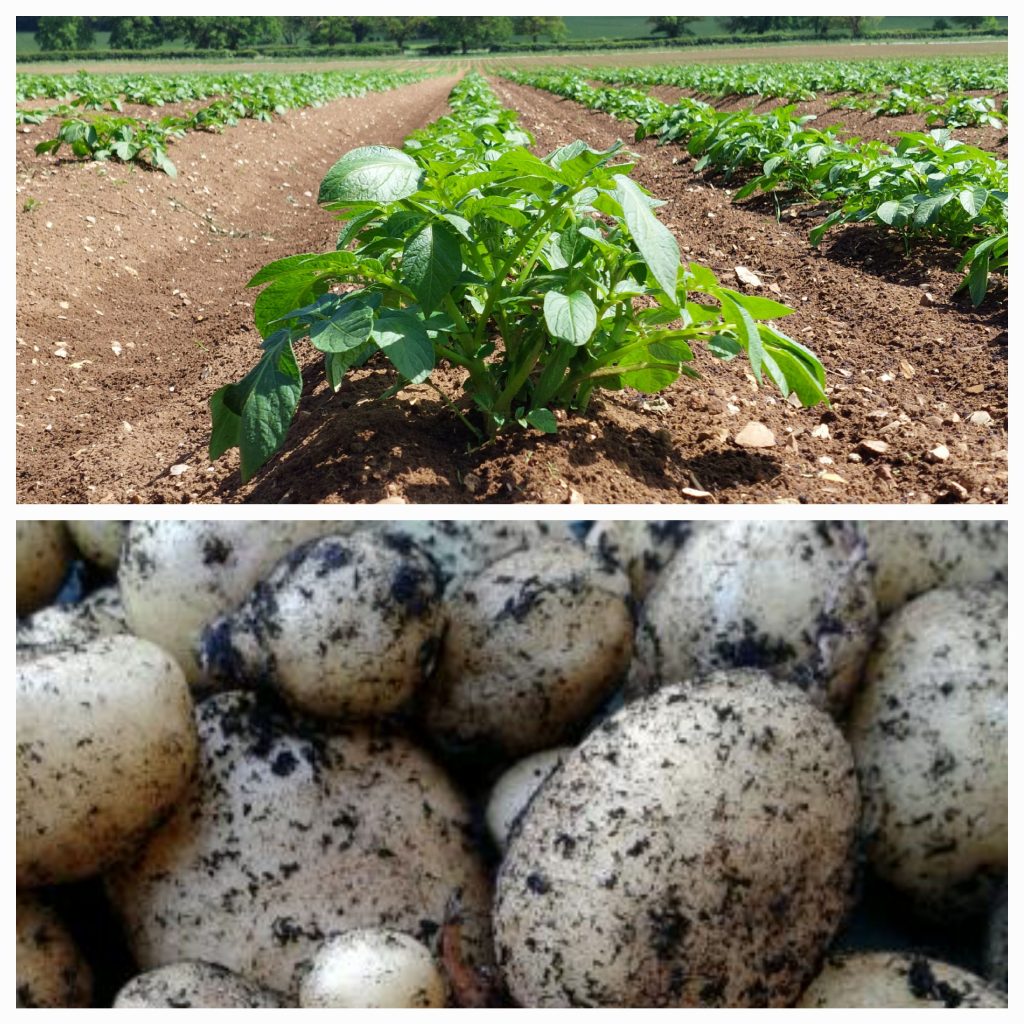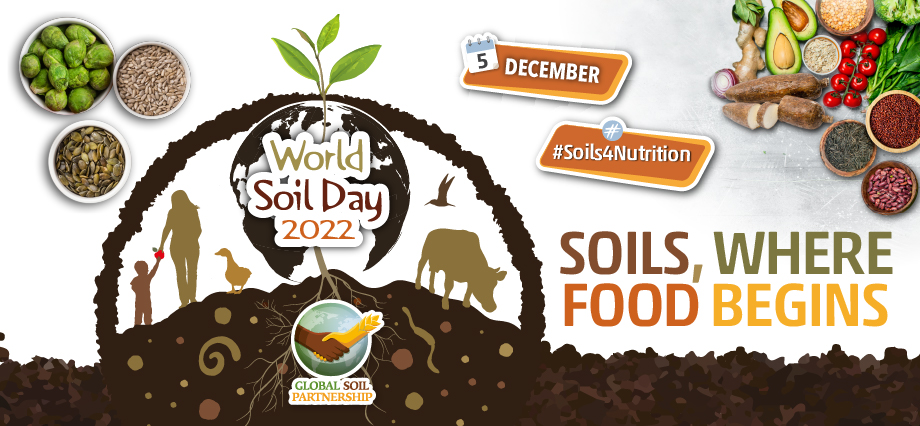Jenny Davies, PhD Student, Lancaster Environment Centre
j.davies24@lancaster.ac.uk
Carbon and nitrogen are usually the superstars when we look at nutrients in soil for food production. But there is another vital nutrient people often forget about that deserves a spot on the main stage. Phosphorus, or P for short.
Phosphorus is essential and irreplaceable to life on Earth, from the smallest bacteria and fungi to the largest plants and animals. It plays a critical role in DNA, cell replication, protein synthesis the formation of bones and teeth and also as the key energy source for life, ATP. As such, for our food to grow it needs a source of P in the soil. Maintaining enough P in the soil to meet crop demand is critical to crop production and many agricultural systems are now dependent on regular (high) P fertiliser inputs to meet global food demands.
However, there are three key challenges surrounding P use in agricultural systems:
Challenge a) Phosphorus fertilisers are primarily synthesised from Phosphate Rock. This is a finite resource with supplies mined from only a handful of places in the world and increasing demand for P fertilisers poses a great challenge to supply sustainability[i];
Challenge b) Intensive agricultural P management practices have now also been linked to widespread diffuse pollution of our water[ii].
Challenge c) Up to 90% of the P in our soils is “locked- up” and cannot be easily accessed by plants[iii];
Since the introduction of phosphate fertilisers, “new” P has been added to many agricultural soils to meet and even exceed the P demand for the crop. Consequently, P concentrations have built up in many soils, and the term “legacy phosphorus” has evolved in recent years to refer to this store. Global interest in legacy P is growing, not only as a threat to water quality, but also as an as-yet un-tapped and poorly understood reserve of P that has the potential to offset fertiliser P inputs[iv].
However, a key barrier to simply reducing or eliminating P inputs to agricultural land is the impact this could have on crop production. This necessitates a deeper understanding of what forms legacy P takes in the soil and the processes and controlling factors that govern its mobility and plant availability in the soil. To explore how legacy P can be “unlocked” for plants to use my research is focusing on two “keys”: empirical data and computer-based models.
Using data from some of the longest running agricultural experiments in the world[v],[vi] and working with my project partners Produce World, specialists in growing organic potatoes and root vegetables, I am investigating the role that legacy phosphorus could play in our future food production. Modelling anything in nature is complex and P in plants and soils is no exception. But we hope that by using long-term model simulations that we can continue to challenge the mindset that crops need annual inputs of P to maintain yield thus minimising P pollution and reducing P fertiliser demand.
[i] Cordell, D., Drangert, J.-O., & White, S. (2009). The story of phosphorus: Global food security and food for thought. Global Environmental Change, 19(2), 292-305. https://doi.org/10.1016/j.gloenvcha.2008.10.009
[ii] Withers, P. J. A., Edwards, A. C., & Foy, R. H. (2001). Phosphorus cycling in UK agriculture and implications for phosphorus loss from soil. Soil use and management, 17(3), 139-149. https://doi.org/10.1111/j.1475-2743.2001.tb00020.x
[iii] Darch, T., Blackwell, M. S. A., Hawkins, J. M. B., Haygarth, P. M., & Chadwick, D. (2014). A Meta-Analysis of Organic and Inorganic Phosphorus in Organic Fertilizers, Soils, and Water: Implications for Water Quality. Critical Reviews in Environmental Science and Technology, 44(19), 2172-2202. https://doi.org/10.1080/10643389.2013.790752
[iv] Rowe, H., Withers, P. J. A., Baas, P., Chan, N. I., Doody, D., Holiman, J., . . . Weintraub, M. N. (2016). Integrating legacy soil phosphorus into sustainable nutrient management strategies for future food, bioenergy and water security. Nutrient Cycling in Agroecosystems, 104(3), 393-412. https://doi.org/10.1007/s10705-015-9726-1
[v] Macdonald, A., Poulton, P., Clark, I., Scott, T., Glendining, M., Perryman, S., . . . Jane, H. (2018). Rothamsted long-term experiments – Guide to the Classical and other long-term experiments, datasets and sample archive. In R. Research (Ed.). Harpenden,UK: Rothamsted Research.
[vi] Odell, R. T. (1982). The Morrow plots: a century of learning. Bulletin-Agricultural Experiment Station, College of Agriculture, University of Illinois at Urbana-Champaign; 775.
Recipe: Potato and Bean Pot
A tribute to my project partners, Produce World, I had to pick a recipe with potatoes. It is not the most beautiful plate of food, but for me it feels like a warm hug in a bowl on a cold winter’s night when I have spent the day wrestling with computer code. Passed through families, this is the first time I have written this recipe down. I usually use good quality home-reared pork in this recipe (the pigs reared on vegetable peelings and scraps on my family dairy farm), but it will work just as well with vegetarian/vegan alternatives.!
Ingredients (serves 6-8)
4 sausages
4 strips of belly pork, sliced into 2cm thick chunks (optional. If not using, increase the number of sausages)
1 large onion, finely diced
2 tsp dried mixed herbs
Salt and pepper to taste
1 can of cannellini beans
1 can of borlotti beans
2 medium potatoes, peeled and cut into 1-2 cm cubes
300 ml vegetable stock
2 tbsp tomato puree
1 tbsp brown sauce
1 can of baked beans
Steamed broccoli, to serve (optional)
Bread roll, to serve (optional)
Method
Over a medium-high heat, heat the oil and fry the sausages in a large, oven-proof pan until fully cooked. Remove from the pan and slice thickly.
In the pan, fry the belly pork until browned (it does not need to be fully cooked at this stage). Reduce to a medium heat and add the diced onion and fry for a few minutes until soft. Add the mixed herbs, salt and pepper and stir.
Add the sausages back into the pan along with the cannellini beans, borlotti beans and potato. Sir gently to combine.
In a jug mix together the vegetable stock, tomato puree and brown sauce. Pour over the sausage, bean and potato mix until just covered. Add a little more boiling water if needed.
Cover with a lid and put the pan into the oven at about 150°C for 3-4 hours, stirring occasionally. It should thicken to a nice thick stew (during cooking you can always top up with a bit of water if it looks too dry).
30 minutes before you want to serve, stir in the can of baked beans, and return to the oven (if it has not thickened, mix together 1-2 teaspoons of cornflour with a little cold water to form a paste and add to the pan with the baked beans).
Once cooked, add generous scoops to a plate or bowl and serve with fresh broccoli and a warm bread roll.

